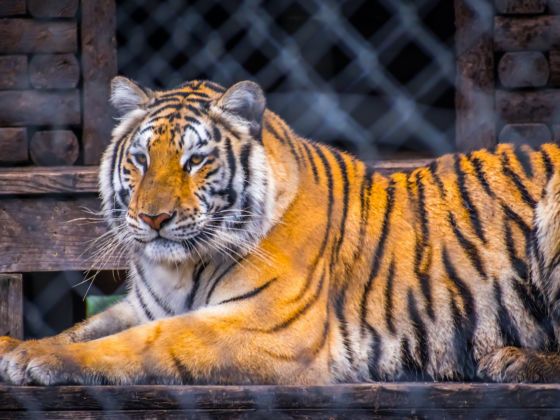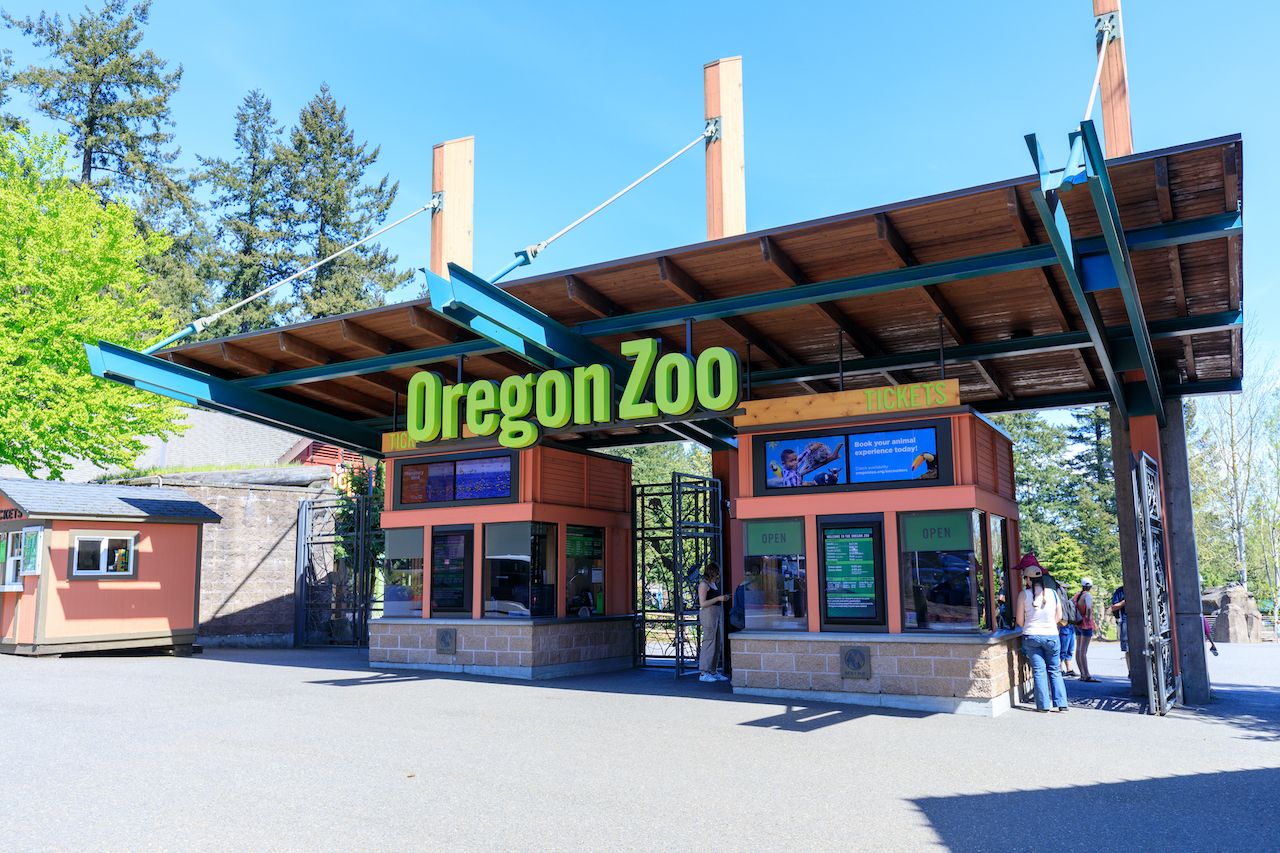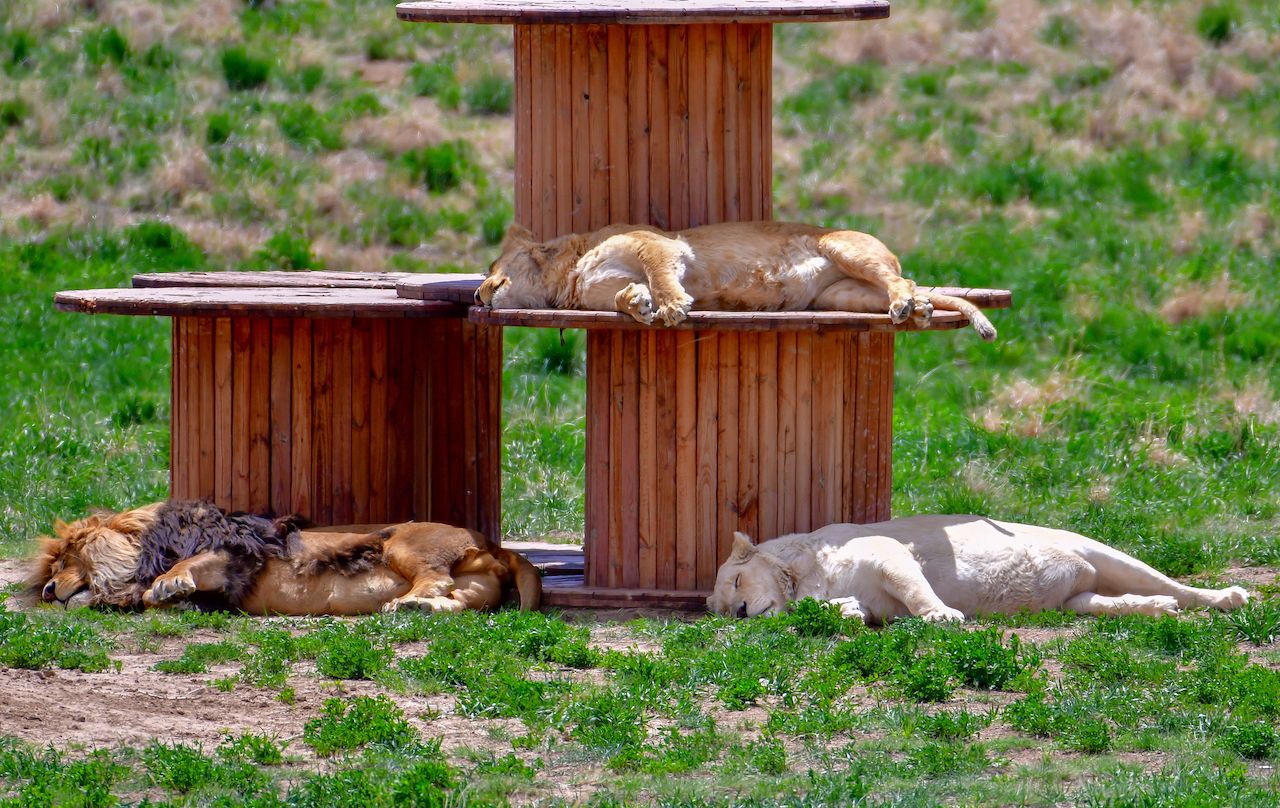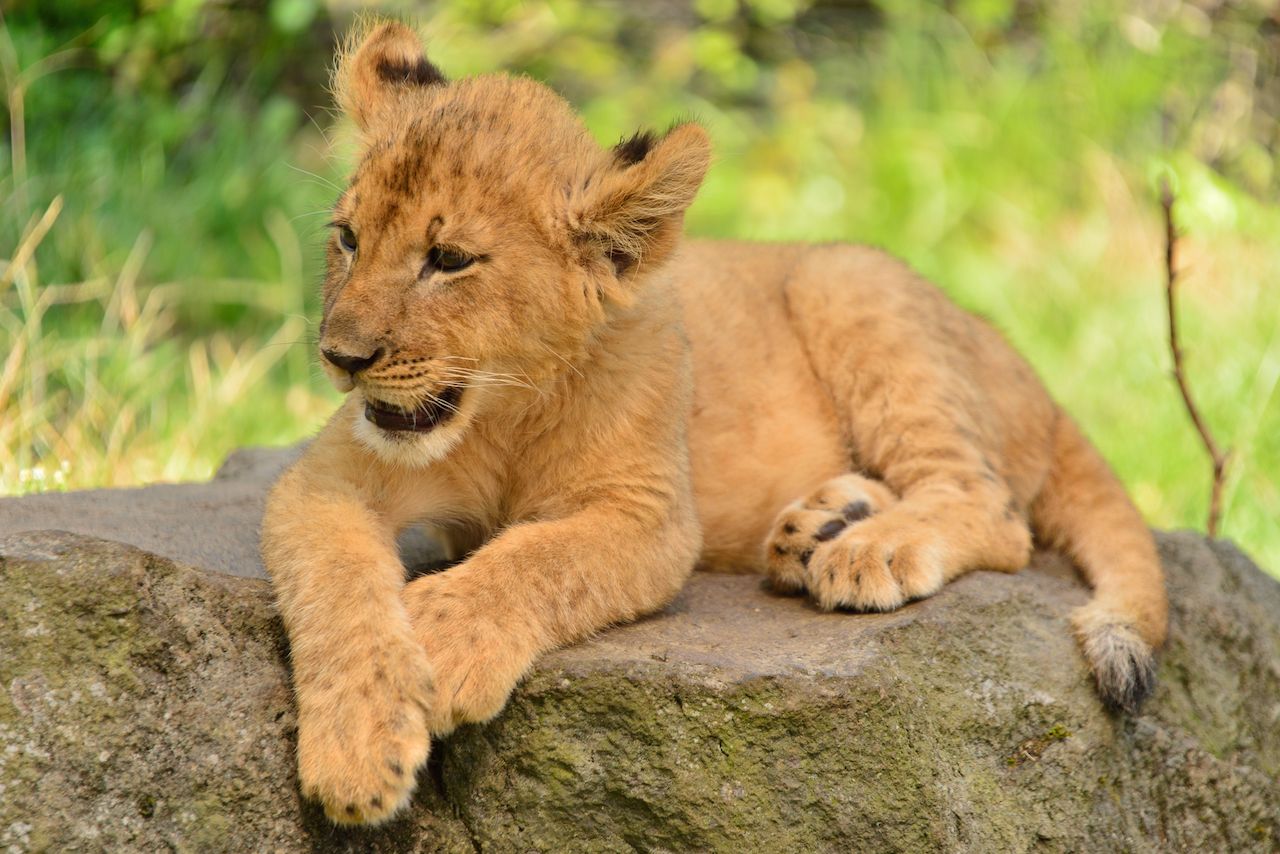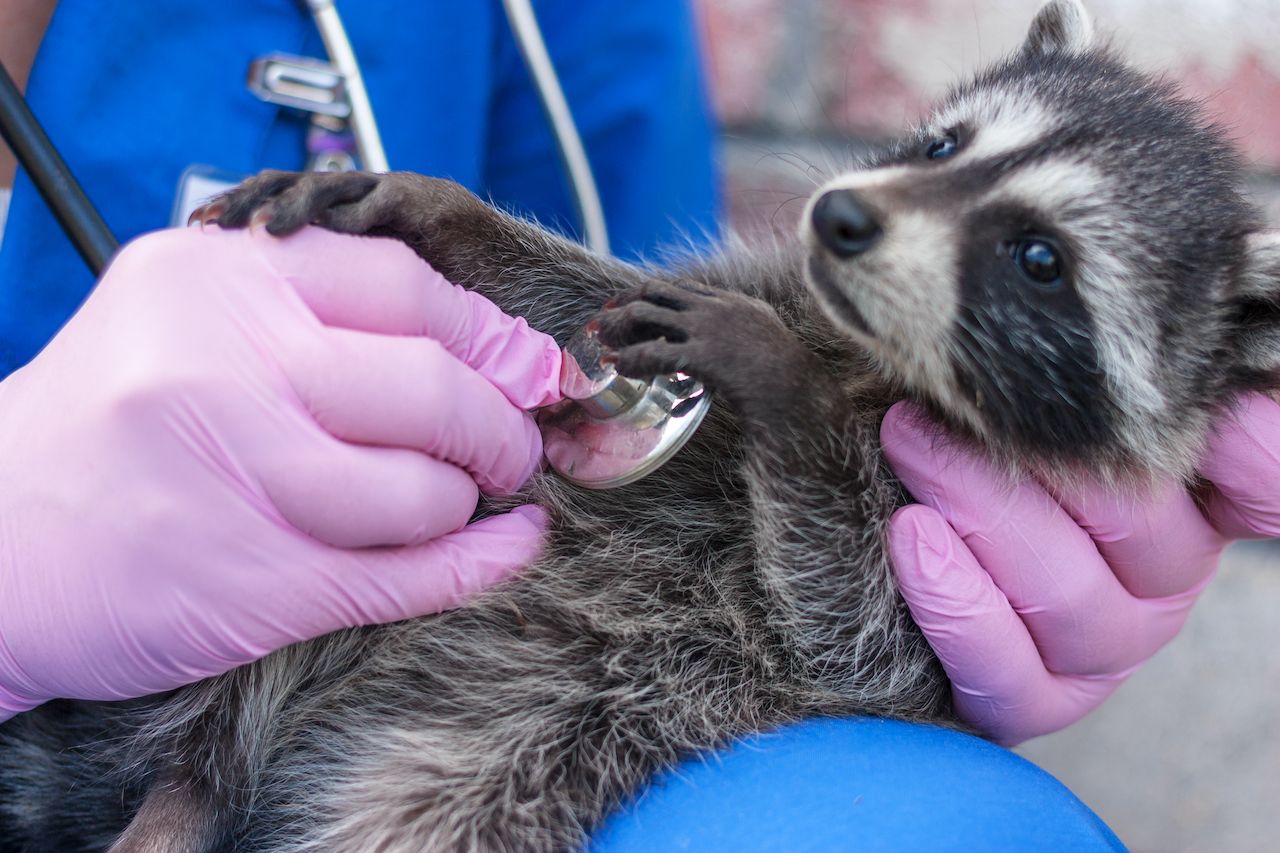If one man collectively got us through March 2020, it was Joe Exotic. No matter what weird events were unfolding outside, nothing could be more bizarre than what we watched in our living rooms across the seven episodes of Tiger King. But lost in the sensation of meth, mullets, and women who may-or-may-not have fed their husbands to tigers was the central issue of the show: the mistreatment of big cats at many of our nation’s animal encounters.
Moreover, tiger parks aren’t the only places that struggle with this issue. Elephant encounters in Asia have long been maligned for their poor treatment of animals, as have many marine mammal parks in the United States. That said, not all animal encounters are exploiting animals, and many are actually healthy and helpful for them. We talked to some ethical animal pros, and they told us what to look for to ensure your encounter is good by its animals.
